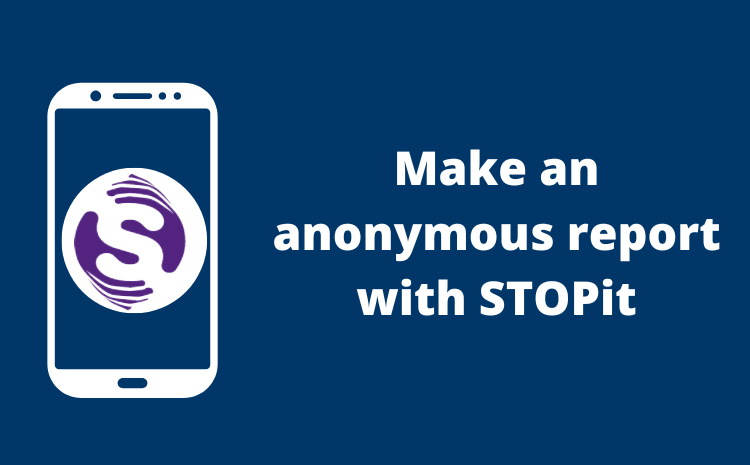
Cybersecurity Awareness Month
- Friday, October 11, 2024
Garden Grove Unified School District is working to raise awareness about the importance of cybersecurity. In October 2025, our students at Fitz received information at an assembly that was designed to educate them on how to stay safe while using the internet and social media. The presenter was Retired Officer Ruben Quintana from Cybercop.

Mr. Quintana shared important tips with students about staying safe online, such as only accepting friend requests from people you know, keeping social media profiles private, and talking to a trusted adult if something doesn’t seem right. He also provided a memorable example: if a stranger at a restaurant asked to see your phone photos, you’d likely say no. But, through social media, many allow strangers to view their pictures and posts. This message helped students reflect on how to make safer choices in the digital world.
Fitz will continue exploring this topic throughout the year as part of our efforts to equip Falcons with the knowledge and tools to stay safe and make responsible choices online.
In a district-wide initiative, the Information Technology department put together information on how to protect your personal data, finances and identity while online.
Take some time to check out these valuable articles and videos. Click the link below.


